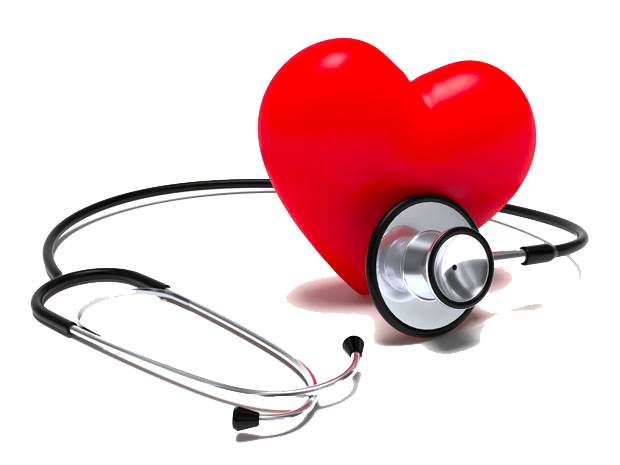
A skin abscess is a tender mass generally surrounded by a colored area from pink to deep red. Abscesses are often easy to feel by touching. The vast majority of them are caused by infections. Inside, they are full of pus, bacteria and debris.
A skin abscess is a bump that appears within or below the skin’s surface — similar to a pimple, but typically larger and deeper under the skin. A skin abscess is usually full of pus, is painful to the touch, and the skin surrounding it may feel thick and swollen. It’s typically due to a bacterial infection.
A skin abscess may appear on any part of your body. However, abscesses most commonly develop on the:
Skin abscesses can also appear in areas of hair growth, such as your underarms or groin. Most skin abscesses are harmless and may go away without treatment. Over-the-counter (OTC) creams such as topical antibiotic creams and at-home care may decrease swelling and aid in healing in minor cases. Sometimes, skin abscesses are more difficult to treat and may require laceration (cutting) or drainage. In other cases, oral antibiotics may be prescribed along with prescription washes in addition to draining.
When our normal skin barrier is broken, even from minor trauma, or small tears, or inflammation, bacteria can enter the skin. An abscess can form as your body’s defenses try to kill these germs with your inflammatory response (white blood cells = pus). Obstruction in a sweat or oil (sebaceous) gland, or a hair follicle or a pre-existing cyst can also trigger an abscess.
The middle of the abscess liquefies and contains dead cells, bacteria, and other debris. This area begins to grow, creating tension under the skin and further inflammation of the surrounding tissues. Pressure and inflammation cause the pain.
People with weakened immune systems get certain abscesses more often. Those with any of the following are all at risk for having more severe abscesses. This is because the body has a decreased ability to ward off infections.
Most often, an abscess becomes a painful, compressible mass that is red, warm to touch, and tender.
You may not always be able to prevent a skin abscess. However, there are ways to minimize your chance of getting the staph infection that commonly leads to an abscess.
To minimize your risk of a staph infection:

Copyright © 2022 Dr. Sandhya Bade | All Rights Reserved | Created & Crafted By Itorix Infotech
WhatsApp us